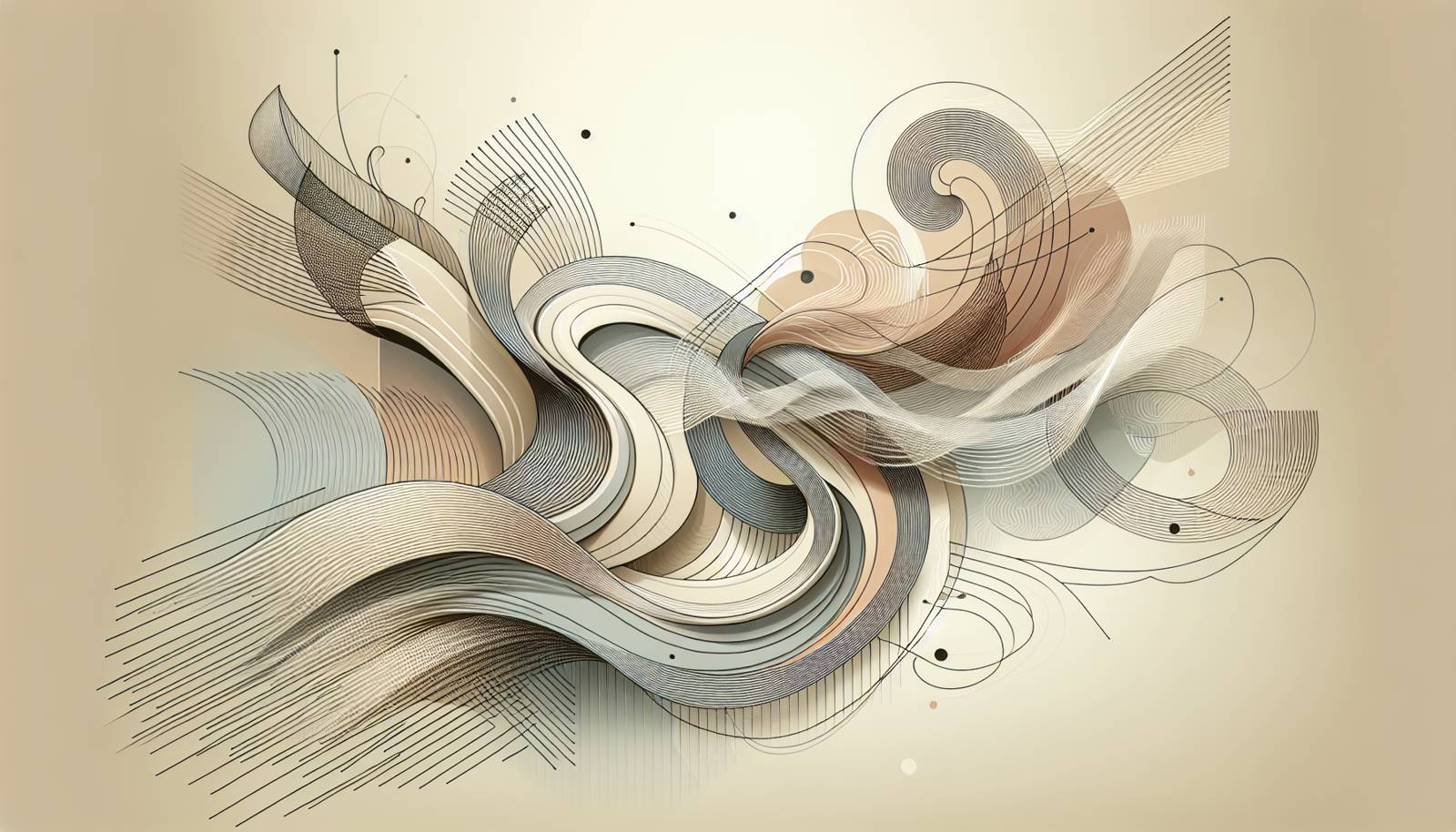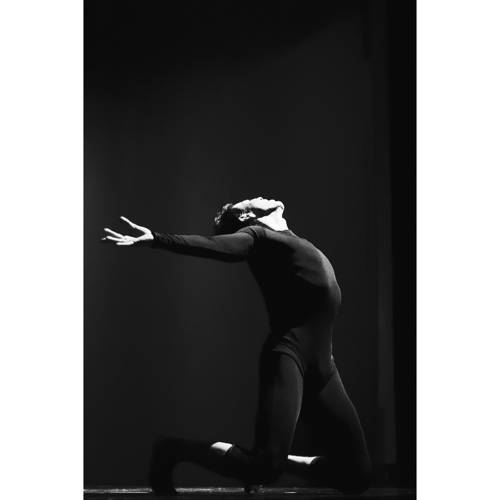
FAQ About The Cultural Significance of Contemporary Dance Filmmaking

What is contemporary dance filmmaking?
Contemporary dance filmmaking is an artistic practice that merges the disciplines of contemporary dance and film to create dynamic visual narratives. It involves the use of cinematography, editing, and often digital effects to capture the essence of dance beyond the stage, allowing for exploration of movement through space and time.

How does contemporary dance filmmaking contribute to cultural storytelling?
Contemporary dance films are a powerful medium for cultural storytelling as they combine the universal language of movement with visual storytelling techniques. Through choreography and film aesthetics, artists can convey complex narratives and emotions, offering insights into cultural identities, historical contexts, and social issues. This approach enables dance to reach wider audiences and engage with cultural dialogues in innovative ways.

What are some distinct features of contemporary dance films compared to traditional dance performances?
Unlike traditional dance performances that are confined to a stage setting, contemporary dance films utilize the camera's ability to shift perspectives, zoom, and cut between angles. This provides a multi-layered viewing experience, as filmmakers can manipulate time, incorporate special effects, and create abstract or symbolic visuals that enhance the dance narrative. Additionally, the films can be set in diverse locations, allowing exploration of natural and urban environments as integral elements of the story.

In what ways do contemporary dance films experiment with cross-genres?
Contemporary dance films often experiment with cross-genres by blending aspects of theater, music videos, video art, and traditional cinema. This fusion allows artists to transcend conventional genre boundaries and create innovative works that may integrate narrative film techniques, abstract expressionism, and multimedia installations, thereby offering a rich, diversified viewing experience.

Who are some notable contemporary dance filmmakers and their works?
Notable contemporary dance filmmakers include Wim Wenders, known for his 3D dance film "Pina," which pays homage to choreographer Pina Bausch, and Mitchell Rose, whose short film "Globe Trot" features dancers from around the world. These filmmakers, among others, contribute significantly to the art form by bringing unique perspectives and techniques to contemporary dance filmmaking.

How has digital technology impacted contemporary dance filmmaking?
Digital technology has dramatically expanded the possibilities in contemporary dance filmmaking. It allows for innovative editing, special effects, and adaptations for various platforms such as virtual reality or interactive media. These tools enable filmmakers to create more immersive experiences and push the boundaries of traditional dance films by integrating new narrative and aesthetic possibilities.

Can contemporary dance films be considered a form of digital art?
Yes, contemporary dance films can be considered a form of digital art because they often use digital technologies to blend the physicality of dance with virtual elements. Through digital editing, CGI, and other effects, filmmakers create a new artistic language that is both a continuation and an evolution of more traditional forms of dance and film. This positions contemporary dance films within the broader spectrum of digital art.

What is the significance of location in contemporary dance filmmaking?
Location plays a crucial role in contemporary dance filmmaking as it acts both as a backdrop and sometimes an active character within the narrative. Filmmakers can utilize natural settings, urban environments, or constructed sets to enhance the thematic elements of the dance, creating a sense of place that complements or contrasts with the movement, thereby adding layers of meaning and context to the work.

How do contemporary dance films reach wider audiences?
Contemporary dance films reach wider audiences through digital platforms such as streaming services, social media, and online film festivals. These accessible mediums allow viewers from around the world to experience the films at their convenience, thus broadening the audience base beyond traditional live performance attendees and enabling greater exposure and appreciation for the art form.

What challenges do filmmakers face in creating contemporary dance films?
Filmmakers in the realm of contemporary dance films often face challenges such as capturing the essence of live performance through a static medium, balancing artistic vision with technological constraints, and navigating the complex choreography of both the dance and the camera work. Additionally, they must find ways to engage audiences who may not be familiar with contemporary dance or appreciate its abstract nature.

Are there any cultural barriers to understanding contemporary dance films?
Cultural barriers in understanding contemporary dance films may arise from differences in cultural contexts, narrative styles, and symbolism that might not translate universally. However, dance's intrinsic expressiveness can often bridge these gaps, allowing viewers to interpret and appreciate the movement and emotion conveyed, even if some cultural nuances are missed.

How do contemporary dance films influence other art forms?
Contemporary dance films influence other art forms by introducing innovative visual storytelling techniques, interdisciplinary approaches, and abstract narratives which can inspire filmmakers, visual artists, and performing artists to experiment within their respective fields. This cross-pollination enhances creativity and has the potential to redefine artistic boundaries across disciplines.

What role does music play in contemporary dance filmmaking?
Music is a vital component in contemporary dance films as it sets the tone, pace, and emotional landscape of the narrative. Soundtracks may range from classical compositions to avant-garde soundscapes, supporting or contrasting with the movement and visuals to create a harmonious or deliberately discordant final product. Music often acts as a unifying thread that ties the dance and film elements together.

How are contemporary dance films distributed and showcased?
Contemporary dance films are distributed and showcased through a variety of platforms, including film festivals, art galleries, museum exhibitions, and online streaming services. Many filmmakers also use social media and dedicated dance film platforms to share their work, reaching diverse audiences and encouraging community engagement and discussion.

What educational value do contemporary dance films offer?
Contemporary dance films offer significant educational value by providing insight into the creative process of dance and filmmaking, fostering appreciation for movement and visual storytelling. They can serve as a tool for teaching choreography, cinematography, and interdisciplinary arts, allowing students to analyze techniques and gain inspiration for their own artistic endeavors.

How do contemporary dance films preserve cultural heritage?
Contemporary dance films help preserve cultural heritage by documenting unique dance styles, choreographies, and cultural narratives that may evolve or disappear over time. By capturing these performances on film, cultural stories and traditions are retained for future generations, contributing to a continuous dialogue between the past, present, and future.

What are some common themes explored in contemporary dance films?
Common themes in contemporary dance films include identity, community, socio-political issues, historical events, and personal narratives. Artists use dance as a medium to explore human emotion, relationships, and cultural clashes, providing a reflective space for audiences to engage with these complex subjects through an artistic lens.

How can aspiring filmmakers and dancers get involved in contemporary dance filmmaking?
Aspiring filmmakers and dancers can get involved in contemporary dance filmmaking by collaborating with local dance companies, attending workshops and festivals, and exploring educational programs in both film and dance. Additionally, they can experiment with creating their own short pieces using cameras or smartphones to develop their skills and artistic style.

What is the future of contemporary dance filmmaking?
The future of contemporary dance filmmaking looks promising with ongoing technological advancements. As virtual reality, augmented reality, and AI continue to evolve, filmmakers will have new tools to explore and expand the narrative possibilities of dance, further blurring the lines between reality and digital imagination, and reaching ever wider and diverse audiences worldwide.

How do contemporary dance films challenge traditional narratives?
Contemporary dance films challenge traditional narratives by often foregoing linear plots and instead focusing on abstract, non-linear expressions of themes and emotions. This approach encourages viewers to derive personal interpretations, thus creating a participatory viewing experience where meaning is not dictated, but explored. By doing so, they challenge conventional storytelling structures and invite audiences to think deeply about the content and context of the work.
